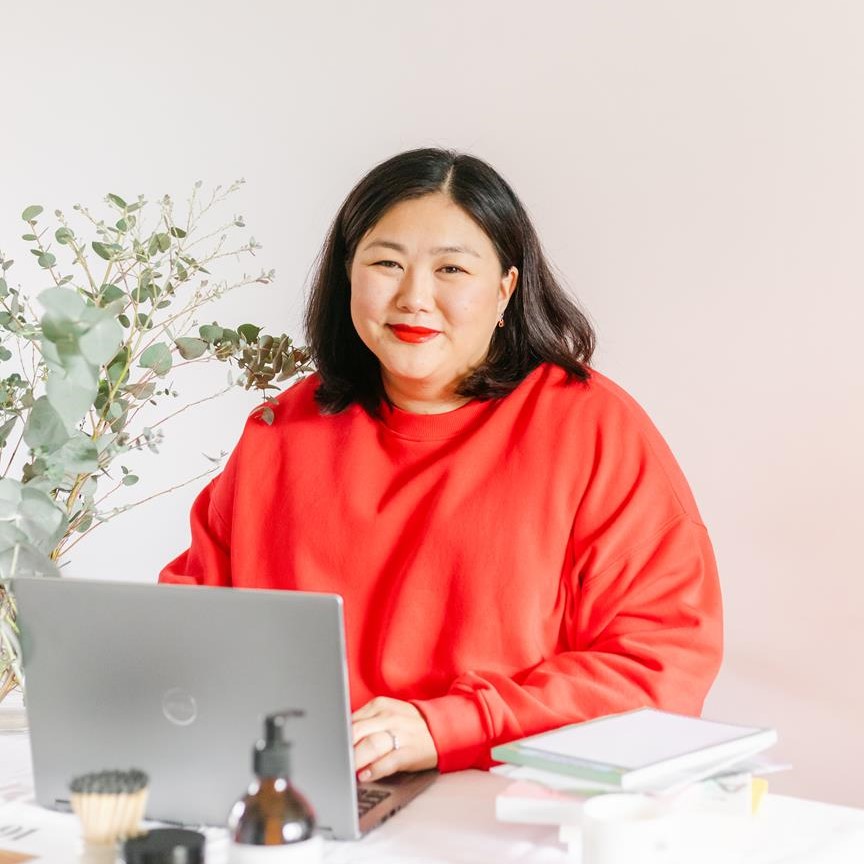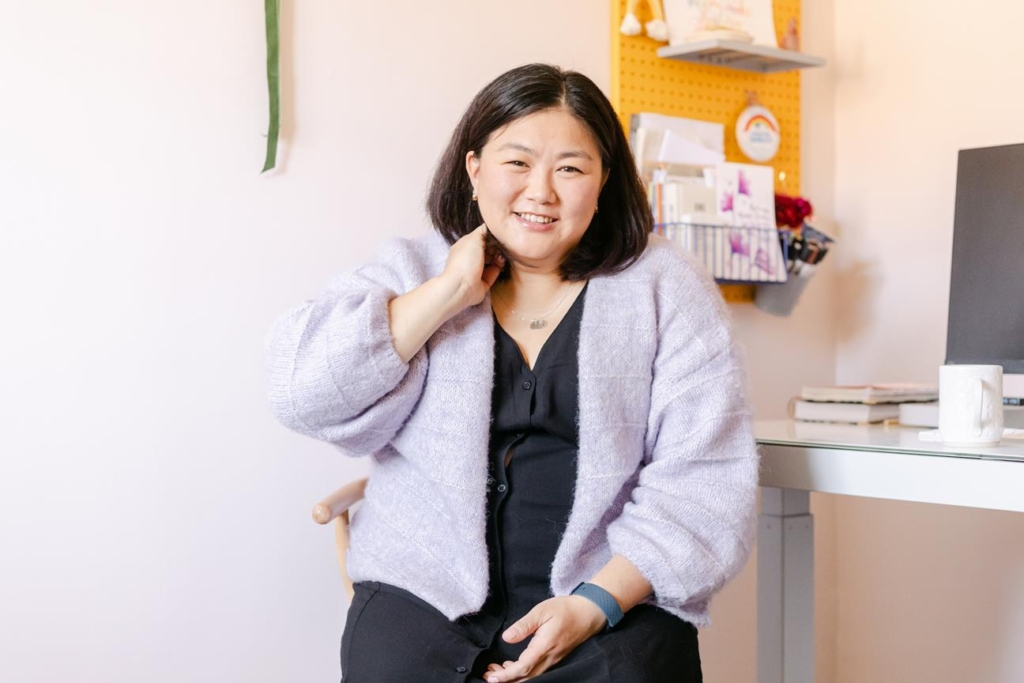Start to wholesale in 6 easy steps
Posted on 27th March 2023
Therese Oertenblad, founder of Small Business Collaborative, talks us through how to achieve success with wholesale

Start to wholesale in 6 easy steps
Are you a small business owner dreaming of seeing your products on the shelves of beautiful shops? Well, there’s no need to just dream about it! Wholesale is a fantastic way to get your products into the hands of more customers and grow your business.
In this blog post, I will share how to get started in 6 easy-to-follow steps.
Before I start, Hello, hi! I’m Therese Oertenblad from Small Business Collaborative. After spending over a decade selling to big and small retailers, I now help small business owners, just like you, start and grow their wholesale and build profitable businesses.
Step 1: Understand wholesale and how it can help your business grow
Before you start selling your products to shops, it’s important to understand what wholesale means and decide if it’s right for your business.
Wholesale means selling a large number of your products at a lower price to another business, who will then resell them to their customers.
It’s an excellent way to create another revenue stream for your business and to increase your brand’s visibility, which will help you grow all your sales channels. It’s also a way for you to get more eyes on your products and, in a way, share the workload of selling your products with your stockists and take advantage of their already established customer base that already knows, likes and trusts them.
Step 2: Get retail ready
Before you start to sell your products to retailers, it’s important to make sure that they are retail-ready.
At a minimum, your products must meet all legal requirements in the market you’re selling to, and your product packaging needs to withstand being picked up repeatedly and still look great.
However, I recommend taking it one step further than this, and it’s something I talk more about in my free masterclass, Start to Wholesale.
Consider how your products will be displayed in physical retail stores. Will they stack, hang, or be displayed in a bowl? Would they sell better if you provided branded displays or testers? Then make sure you communicate this with your potential retail buyers so they can picture your products in their stores.
Step 3: Identify your ideal customer and where they shop
Knowing who your ideal customer is, is vital for all aspects of running your business, marketing, product development, PR and, of course, sales. Consider where your customers spend their time, and target shops that complement their interests.
For example, if your customer likes to visit their local National Trust place at the weekend, then the National Trust could be a potential ideal stockist for your products. Or maybe your customer has young children, and they like to meet other mums for weekday coffees at a local garden centre. Then garden centres should be on your target list.
Also, consider what other brands your customer buys and things that would complement your range. For example, if they are interested in wellness and you create natural wellness products, look at a yoga brand that your products can sell well alongside and where they are stocked.
Step 4: Review your pricing
When starting to wholesale, it’s a great time to review all your prices. This means reviewing your recommended retail price (RRP), i.e. the price you’re selling your products at on your website or at a market as well as your costs.
The first step is to do some market research to ensure you are pricing your products appropriately, be specific and look at your products as a customer might.
Make sure you consider VAT even if you’re not registered. If you’re unsure why this is important, read this blog post.
When you start to price your products for wholesale, it may feel like you are almost giving them away, and you might wonder if it is even worth it. Don’t set yourself up for lots of stress and hard work without any profit to show for it. Each sale you make should make you money. This is really important!
You may need to tweak your product or not offer your whole range to shops. In many cases, it will mean that you will need to put your prices up.
A retailer will expect a markup of 2.2-2.5 or 50% discount on the ex-VAT price. This means that for a £10 product, a retailer would expect to pay in the region of £4.16. This varies slightly depending on the category, and if you are selling a 0% VAT product, you don’t have to consider VAT.
If you’re not confident in setting your prices, it is really important that you get some help. This is an area of your business that makes a big difference. If you’re unsure about anything, invest in some help or ask a business friend, it will be worth it.
Step 5: Create your catalogue or line-sheet
Having a professional-looking catalogue or line sheet is essential when selling wholesale. It will showcase your products and provide retailers with all the information they need to place an order with you. Make sure it’s easy to read, visually appealing, and contains all the necessary details.
A line sheet or catalogue/lookbook for wholesale differs from the one you may have created for PR. There are ways you can make them work for both, so you don’t have to duplicate your work, but I always recommend that you create a wholesale version that includes your prices at least as a pdf download.
To help you get started, download my freebie Canva line sheet template.
Step 6: Reach out to potential stockists
Selling is about building a relationship with your buyers, just as with marketing and selling to your direct customers. You need to build up that know, like and trust factor.
So once you have your catalogue or line sheet ready, it’s time to start reaching out to potential stockists. Personalise your emails or messages and introduce your brand and products, and show them how your products would complement the shop’s existing range. Don’t forget to follow up and be patient; it can take time to get a response.
By following these six steps, you’ll be well on your way to getting your products on the shelves of beautiful shops and growing your business. Good luck!
About Therese Oertenblad

Therese Oertenblad, Small Business Collaborative, spent 14 years in the home and gift industry, and for the past four she’s been working with purpose-led, product-based business owners who want to grow their wholesale and create a powerful, consistent income stream for their business.
Her students and clients are stocked in independent and large retailers such as John Lewis, Liberty, Selfridges and Anthropologie to name a few.
Links
Website: www.smallbusinesscollaborative.co.uk
Instagram: instagram.com/small_business_collaborative
Podcast: Let’s Talk Shop: www.smallbusinesscollaborative.co.uk/podcast
Facebook group: facebook.com/groups/letstalkwholesale
Newsletter (sign-up for weekly inspiration to sell): www.smallbusinesscollaborative.co.uk/newsletter
If you found this article interesting, why not check out our Blog pages for small business tips, Meet the Maker, Indie Friday and more!

